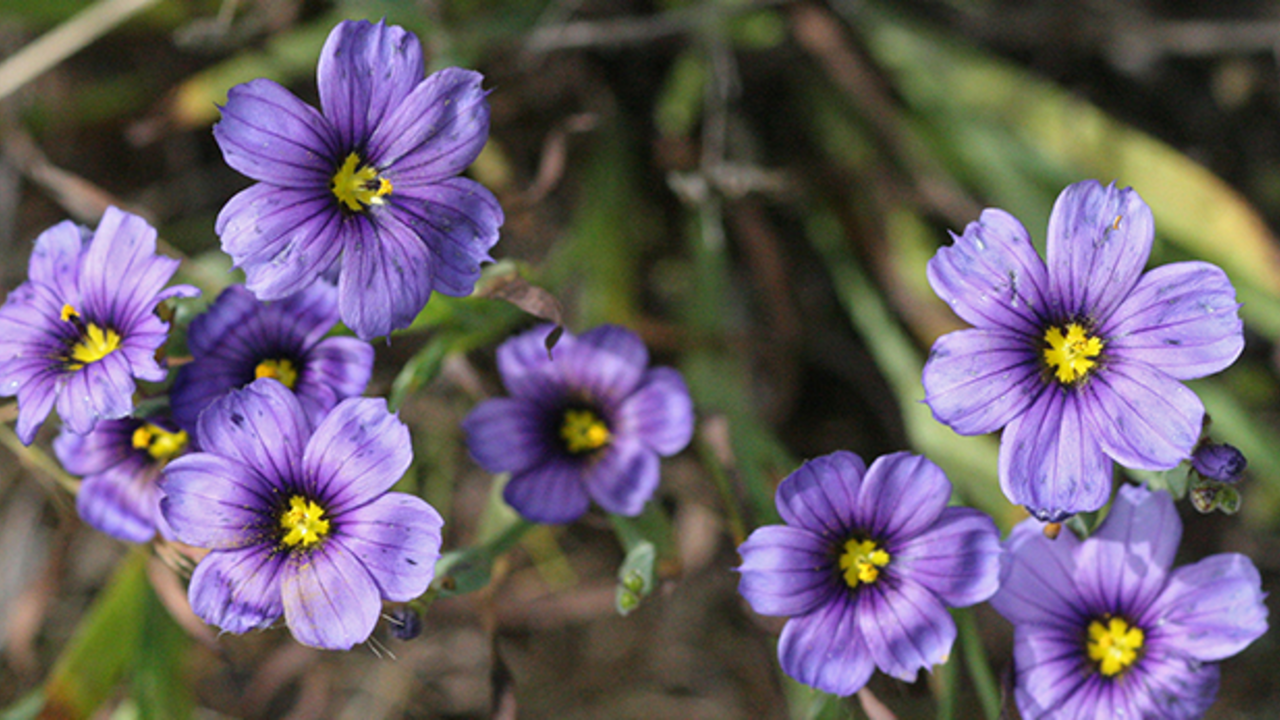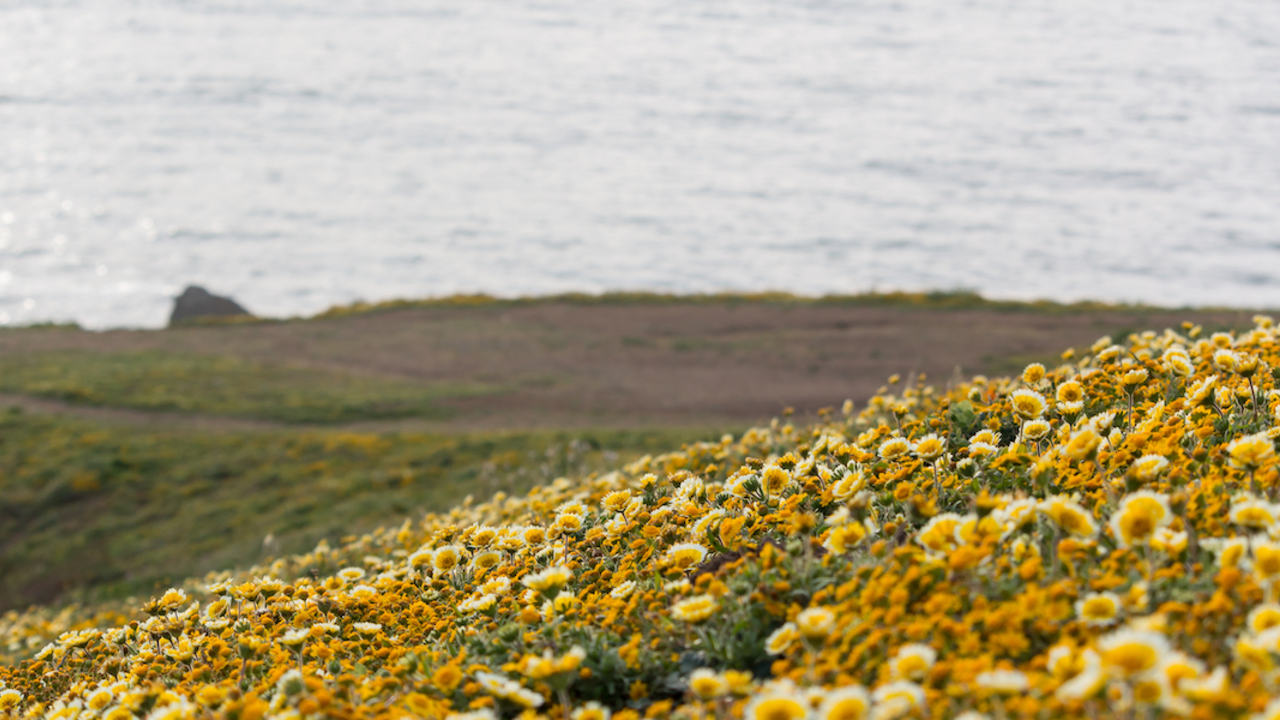Native Plants
Learn more about individual native plants found in the Golden Gate National Parks and grown in our nurseries for restoration projects.
Have you seen a beautiful wildflower while in the park and want more information about it? We have over 1200 species of plants native to these Parks (Recreation Area). Here we have information on many of the wildflowers and plants you will see along the trails in the park, and ones we have used to restore habitats and plant communities throughout the Parks. Below is just a sample of what you might see. Click on the name of a plant (scientific name followed by common name) to go to a page with a picture of the plant and information about it:

